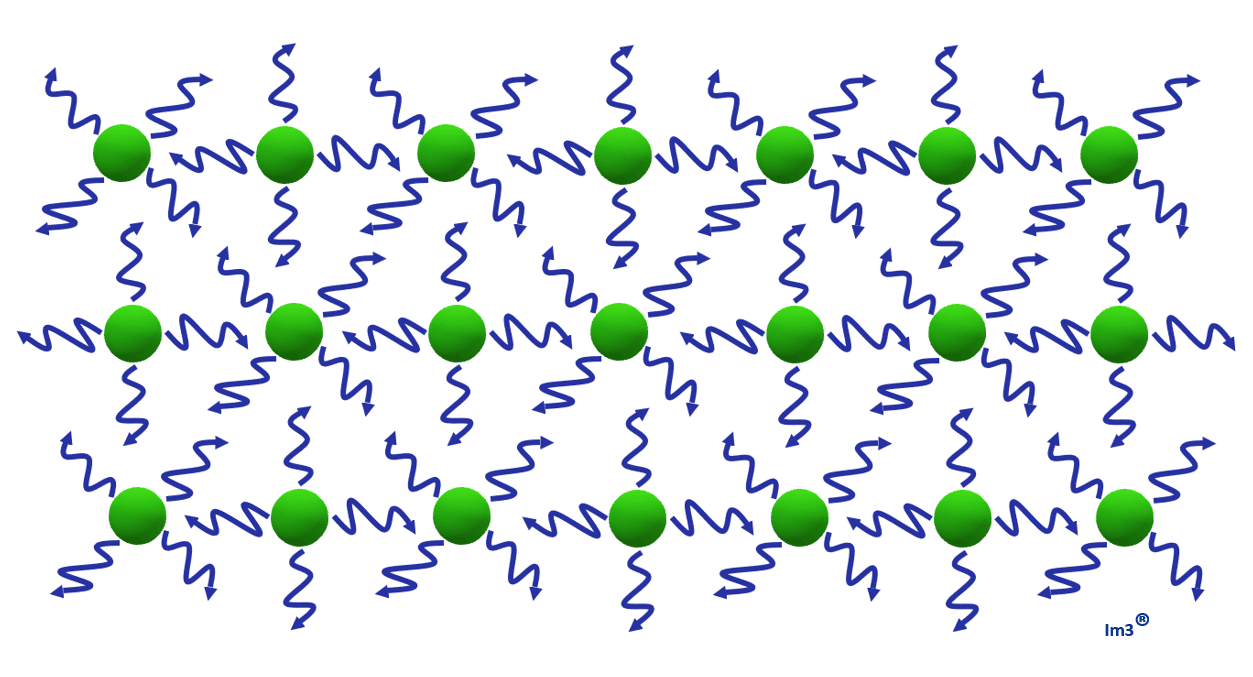
25 Apr 164th Anniversary of Max Planck
25/04/2022
Image: representation of black-body radiation, whose term was introduced by Gustav Kirchhoff in 1860 and its study was an important challenge in the theoretical physics of the 19th century. The problem was solved in 1901 by Max Planck.
The German theoretical physicist Max Planck postulated in 1900 that electromagnetic energy could be emitted only in the form of quantums, that is, energy packets with multiple values of an elementary unit, according to the equation E = hν, where h is Planck’s constant (6.626 070 15 × 10-34 J⋅s) and ν its frequency. This date marked the birth of quantum physics.
The fundamental constants of Nature are the speed of light c, Newton’s constant G and Planck’s constant h. Each of them represents, respectively, the identity mark of relativity, gravity, and quantics.
There is a unique combination of these constants that gives rise to a length scale, known as the “Planck scale”, extremely tiny, about a thousand billion times smaller than the smallest thing that man has been able to explore with his most powerful microscope, the Large Hadron Collider (LHC). Next year, for Planck’s 165th anniversary, we will discuss the importance of this “Planck scale”.
Planck was recognized in 1918 with the Nobel Prize in Physics for the discovery of the quantization of radiation energy, and he was also the first to discover the genius of Albert Einstein and, despite more than one difference of opinion in the scientific field, they were united by a deep and long friendship.
In 1905, Einstein explained the photoelectric effect using Planck’s constant (also known as the elementary quantum of action), being the first to know how to correctly interpret and apply Planck’s constant, for which he would also be awarded the Nobel Prize in 1921.

